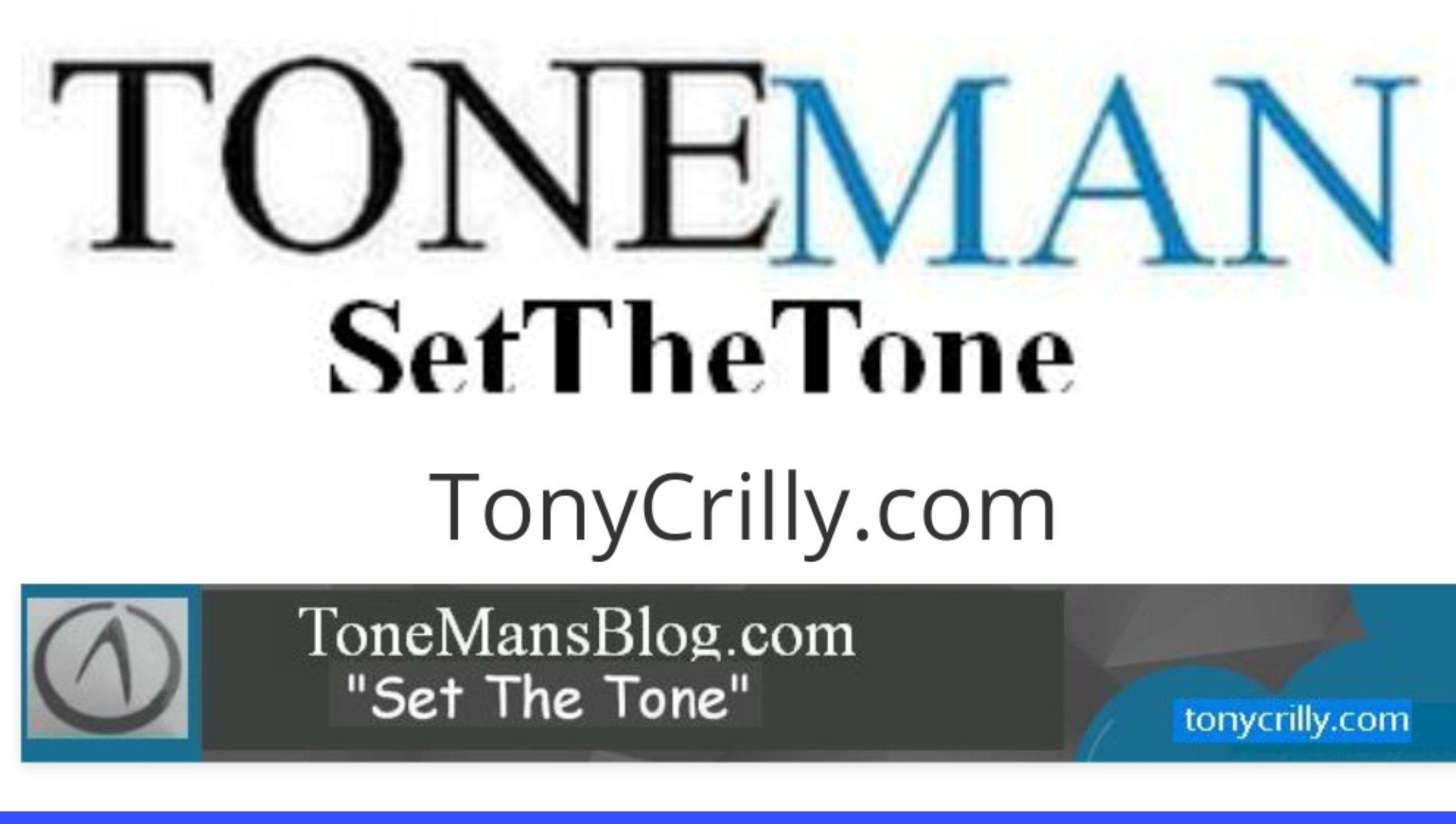
Time is of the essence in sales. If you miss the right time to engage with the prospect, you may never have the moment back. The prospect will move on and won’t display the same interest as before.
“A deal isn’t a deal until it actually closes. In the high-stakes world of mergers and acquisitions, the journey from deal inception to signed closing documents can be full of unexpected twists and turns.” – Marc Cooper is the Chief Executive Officer of Solomon Partners, a leading investment banking advisory firm founded in 1989.
That’s why sales reps need to seize every opportunity to close the deal with the clients.
The science of sales closing techniques is an intriguing area that blends psychology, sociology, and practical business strategies. At its core, these techniques are designed to align with the natural decision-making processes of customers throughout the sales cycle. The art of closing a sale is not just about persuading a customer to make a purchase; it’s about guiding them through a decision-making journey in a way that feels natural and unforced. Along the way you are overcoming objections and trial closing tactics.
Effective sales closing techniques often hinge on the ability to read the customer’s signals and respond appropriately. For instance, the assumptive close relies on the salesperson’s ability to gauge the customer’s interest and readiness to buy, subtly moving the conversation towards finalizing the sale. Similarly, the urgency created in the now or never close taps into the human tendency to act quickly to avoid missing out.
Mastering sales closing techniques requires a blend of psychological insight, interpersonal skills, and strategic thinking. It’s about creating a seamless path to purchase that aligns with the customer’s buying journey and leaves them satisfied with their decision.
Instead of diving to deep into each of the top science-backed sales closing techniques, let’s picture an image of a target which always plays a central role. As Gilbert Arland said, “When an archer misses the mark, failure to hit the bullseye is never the fault of the target.” The same concept applies to sales. When a salesperson fails to close a deal, their impulse is often to blame the prospect or other outside circumstances. But the responsibility of a sales rep is to make a listener care about what they care about and, as a result, take action. The easiest way to do this is by asking the right questions having a conversational guide in your head during the sales process.
Successful sales executives always begin with a hypothesis about where the sales process will lead; however, a sale often ends up in a different place than either the seller or prospect ever imagined. A skilled salesperson understands this, and as a result, focuses on choreographing each of the essential conversations that will happen along the way. These interactions, if successfully executed, will result in micro-commitments from a prospect, creating urgency and allowing the sales executive to keep the process moving forward.
According to a Harvard study, 95% of purchasing decisions are made subconsciously. People buy with emotion and justify with logic. (“I fell in love with that sports car the minute I saw it. And as it turns out, it’s highly rated for safety!”) The sales system I have developed or follow the companys process has developed over the past two decades (utilizing the acronym AIM) focuses on three distinct elements: Analyzing your audience, Identifying the problem/solution and Modifying your delivery. Or in more detail – before to dial think about and know what you are going to say (script to guide you) that will do value or provide a unique value proposition to the prospect or decision maker or buyer. The template I developed for my prospects addresses anxiety, influence and motivation)
Here’s how it works:
Step 1: Analyze your audience. This is where every sale begins. You can’t start the sales process without thoroughly understanding the prospect’s role and their needs, as well as the expectations they have and the level of buying power they possess. Here’s where an ICP is crucial – IndividuaIt is also helpful to identify any additional influencers that need to be considered to get the deal across the finish line. Is the customer prospect the right fit?
Step 2: Identify the problem/solution. What issue is the prospect experiencing, and what solution can you offer to address it? Also, what is the timeline they’ve provided, and how can you use that information to build urgency? What obstacles should you anticipate to the sale, and what risks and opportunities are inherent with this interaction?
Step 3: Modify your delivery. This is the final step in the closing process, and it requires modulating your overall tone and approach — how you use your voice, your body language and your gestures. It extends to how you listen while the prospect is speaking and includes the words you use and the questions you ask.
For me as a professional salesperson, the types of questions I ask and when ti ask them — my question design — is an essential part of the sales process and can make or break a deal. These are well thought out, scripted to guide you so you font end up in the weeds. Asking the right questions makes a prospect feel valued and heard. But in order to choose the right questions, it is important to understand the different types available to me and how (and when) to employ each. The three types of questions are data, insight and rapport-building.
Data questions are closed-ended questions seeking a specific bit of information — a fact, a number or a simple yes or no response. The purpose of data questions is to quickly get you information that can help shape your message and address the needs of the prospect.
Examples include:
“Who else should I invite to our next meeting?
“How much time will you need to initiate this process?”
“What solutions have you tried in the past to address this issue?”
Insight questions are generally open-ended and provide a window into the buyer’s thought process. These types of questions cast a wide net and allow a sales rep to uncover the prospect’s most pressing needs.
Examples include:
“How is this problem affecting the current work environment?”
“What do you see happening if the issue remains unresolved?”
“Why do you think leadership hasn’t addressed this issue until now?”
Rapport-building questions help you build trust and deepen the relationship with the prospect. They also demonstrate curiosity and receptivity.
Examples include:
“What’s the most important priority for you at the moment?”
“How are you managing as a leader working remotely during the pandemic?”
“What challenges is the issue causing for you personally?”
All these are shared in this blog article
Business Value Proposition: Boost Your Conversion Rates to Get Most Out Of Your Marketing Activities
When it comes to the needs of your buyer, it is important to remember there are stated needs (those listed or known) and unstated needs (those that can only be uncovered by asking the right question). By asking effective questions, you can more easily separate objections from conditions — one of the most critical challenges of selling. An objection is the buyer looking for a reason not to buy (“It’s too expensive”), while a condition may be a genuine barrier or impediment to the sale (“I have no budget until Q2”).
When asking questions, organize your thoughts ahead of time. Jot down questions that will help provide insights or details that still need to be clarified. Make sure the questions you pose are concise and specific, and, when possible, include a nice mixture — some data, some insight and some rapport-building. Only ask questions that will move you toward the sale.
By managing each conversation in the sales cycle and employing strategically choreographed questions, you will unlock the information needed to overcome obstacles and more quickly align your solution to the needs of the buyer. Asking effective questions will not only allow you to build stronger relationships with potential clients, but it can shorten your sales cycle as well.
I address these in the incredible conversion guides: Setting 149 meetings and converting 121 to opportunities generating revenue of $1M with SMB, Mid-Market, & Fortune 500 companies with conversion rate of 81%
I really like people and selling in the world of capitalism and my story and the approach to my success it takes. While a bit detailed to start, I appreciate that you take the time to understand the process in an advanced technical yechnological world. Please reach out
http://Professional Recommendations




